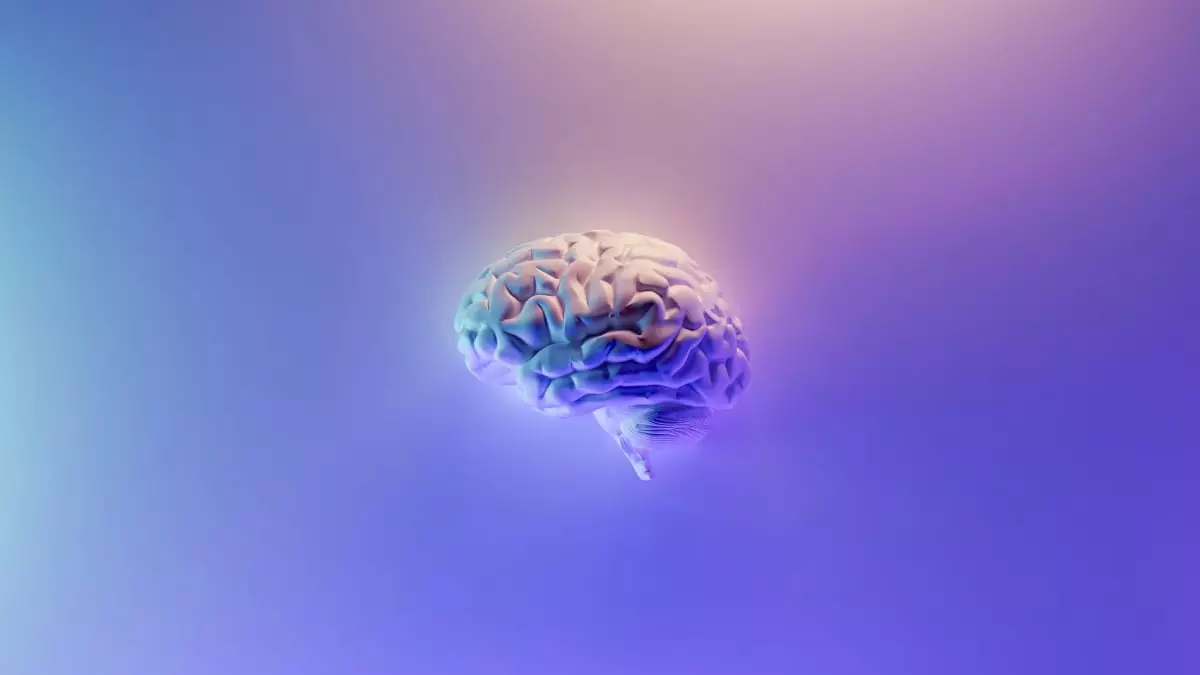The quest to unlock the secrets of human memory has captivated neuroscientists for decades, providing insights that could not only enhance our understanding of cognition but also open doors to innovative therapeutic approaches. Central to this exploration is the concept of engrams— the physical manifestations of memories, formed through intricate networks of neurons. Recent studies have greatly advanced our knowledge of how memories are encoded, particularly highlighting the role of the hippocampus, a brain region critically involved in memory processing. However, the prospect of extracting these memories after an individual’s death remains a perplexing challenge, steeped in both scientific intrigue and ethical considerations.
Understanding that human memory is inherently reconstructive rather than merely reproductive sets the stage for a deeper investigation into how memories can be perceived and recalled. Charan Ranganath, a prominent neuroscientist, emphasizes that memory is not a simple retrieval of stored data, akin to a computer file. Instead, it is a complex process that involves piecing together fragments of experiences, often supplemented by personal interpretation and context. This multifaceted nature of memory complicates the scientific objective of obtaining memories posthumously. It raises questions about the accuracy and authenticity of any retrieved recollections, as emotional nuances and sensory details could significantly alter the original context.
While pioneering research has identified the presence of engrams residing in various brain areas, including the hippocampus, the current state of technology does not allow for the practical extraction of these memories. According to neuroscientist Don Arnold, engrams signify memory storage rather than the memory itself, indicating that merely identifying these traces is insufficient for memory retrieval. The challenge remains to reconstruct functional neural networks that could potentially simulate memories. This task entails not just mapping the brain at the time of death but involves continuous monitoring throughout life to understand how memories evolve and interconnect.
Looking ahead, advancements in neuroimaging and brain mapping technologies might one day offer improved methodologies for simulating memories. However, the ethical ramifications of meddling with human memory, particularly concerning post-mortem retrieval, cannot be overlooked. For now, the scientific community largely agrees that memories cease to exist with the individual, as no reliable biological mechanism has been developed to access the memories housed in deceased brains. As researchers tread this complex path of inquiry, the interplay of innovation and ethics will be critical in guiding future investigations into the elusive nature of memory and identity.
While the ambition to retrieve memories from deceased individuals is rooted in fascinating scientific exploration, it confronts profound technical obstacles and ethical dilemmas. Until an effective method emerges, the memories of those who depart remain a cherished, yet ultimately inaccessible part of human experience, highlighting the transient nature of our consciousness and recollections.


Leave a Reply